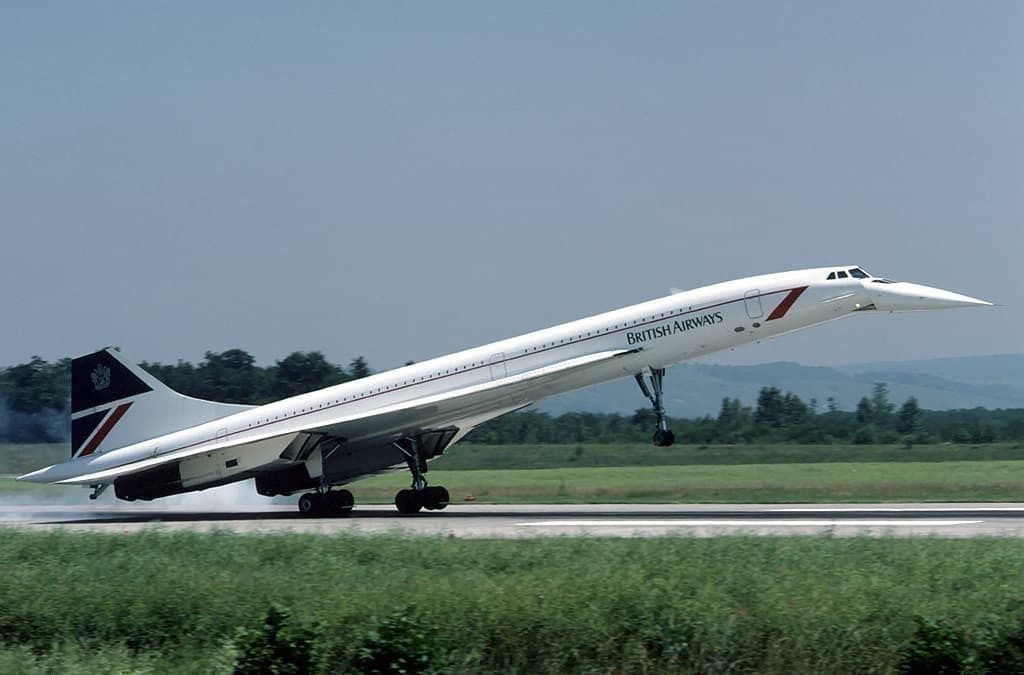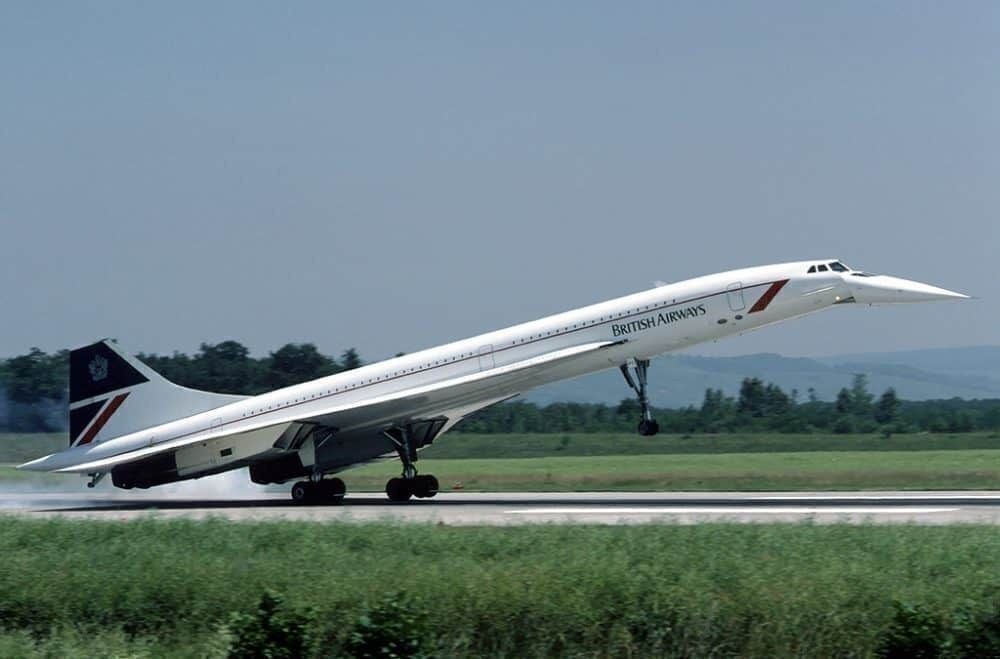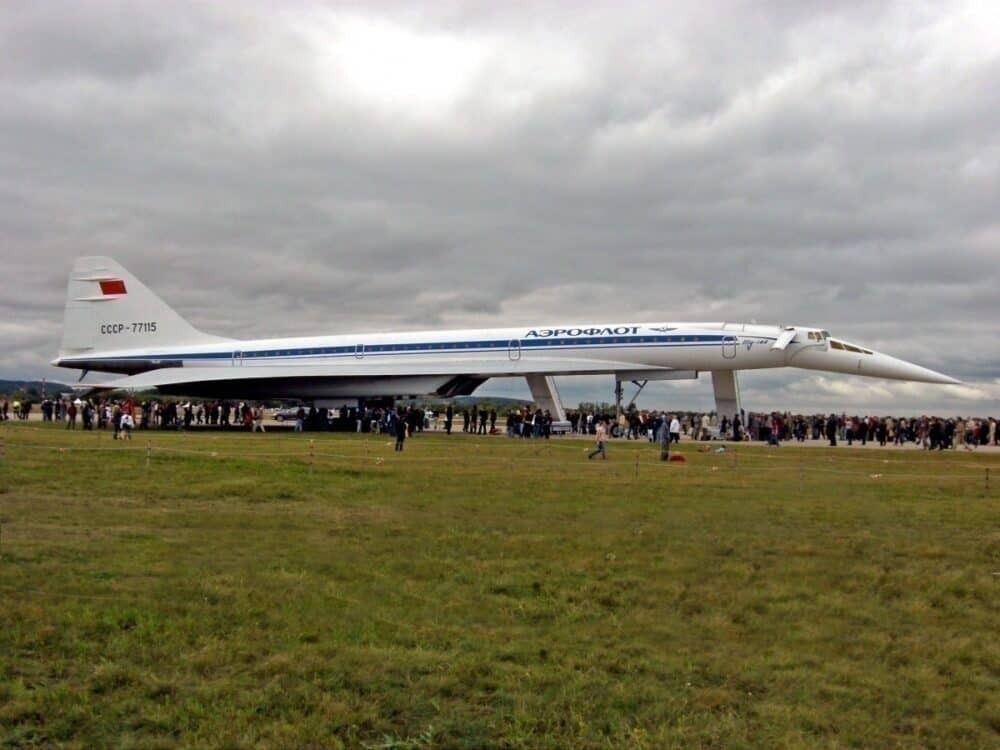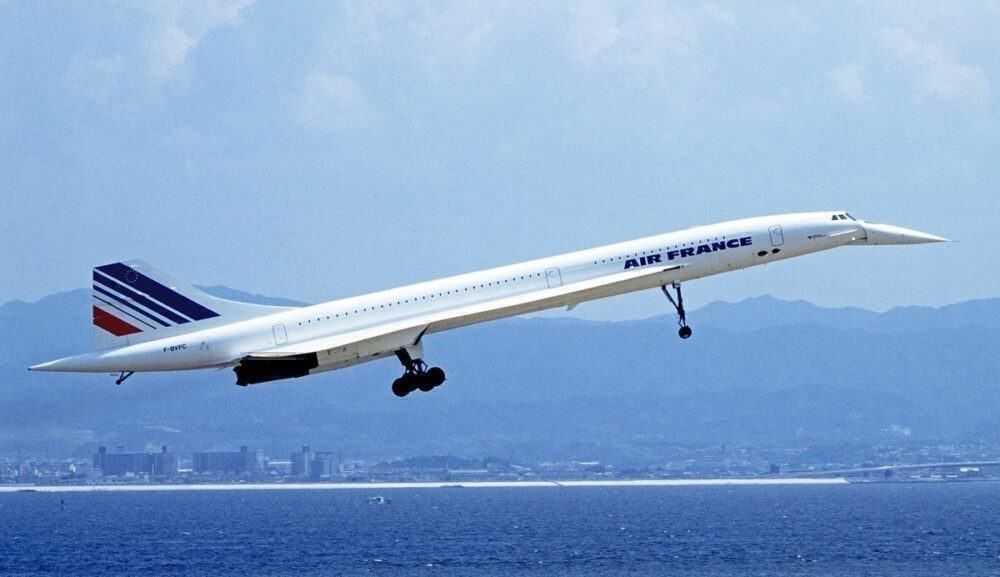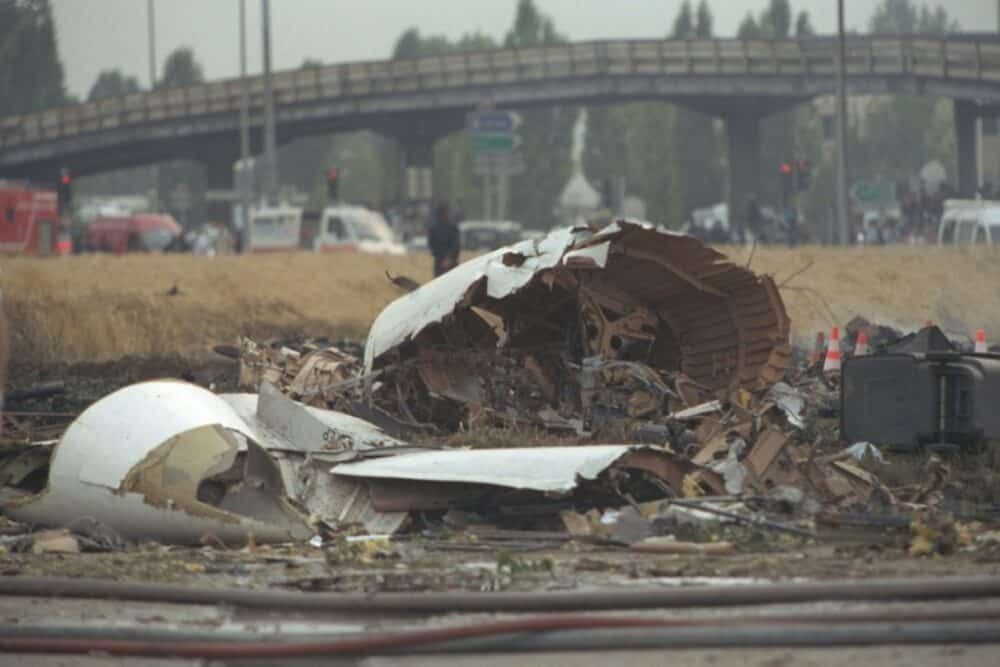The commercial airliner both loved and envied by aviation enthusiasts worldwide, Concorde started operating over a half a century ago. Formed by a merger between British Aircraft Corporation (BAC) and France’s Aérospatiale, the Concorde made its first test flight on March 2nd, 1969. With its rich history and complicated past, there are a few things that may have gone unnoticed about these supersonic jets.
1. The aircraft stretches each flight
As a result of the intense heat produced by the airframe, the plane would tend to stretch anywhere from 6-10 inches each trip. With the plane cruising at 60,000 feet, some say the curvature of the Earth is also visible at this altitude.
2. Inefficient at low speeds
When the Concorde was operating at Mach 2, it was known to be highly fuel-efficient. However, as a result of its design, it could burn up to two tons of fuel when simply taxiing to and from the runway.
3. It had a rival from the Soviet Union
Known as the first commercial aircraft to exceed Mach 2, the Tupolev Tu-144 hailed from Russia and had similar features to the Concorde. The Russian passenger aircraft took its first flight three months before the Anglo-French plane.
According to the BBC, the Tupolev Tu-144 never became as popular as the Concorde. It was “10 to 15 years ahead of what the Soviet aviation industry was capable of at the time.”
The Tu-144 had design failures – mainly in the manufacture of its brakes and engine control. Notably, the jet is remembered by a disaster that took place at the 1973 Paris Air Show. The aircraft on display broke apart mid-air and left 14 people dead.
4. There was an Anti-Concorde Project
Founded by activist Richard Wiggs in 1966, the Anti-Concorde Project proved to be another setback for the jet.
As reported by The Telegraph, Wiggs viewed the Concorde as “elitist and inherently unsafe.” Specifically, the jet’s loud sonic booms were cause for concern environmentally.
5. Fastest crossing of the Atlantic
Up until today, the Concorde holds the record for the fastest crossing of the Atlantic, coming in at 2 hours, 52 minutes and 59 seconds. The flight occurred on February 7th, 1986, from New York to London. It would usually take a little over seven hours to complete the route with subsonic aircraft.
6. Served the elite in luxury
Concorde passengers came from elite backgrounds and were treated to luxury each flight. Each meal consisted of gourmet delicacies from lobster and truffles to caviar and foie gras, all topped off with champagne.
There was an exclusive party onboard its last commercial flight. The jet’s last flight ever took place from New York to Heathrow in London and served celebrities and high-profile individuals. Sting, Joan Collins, and Christie Brinkley were among the crowd.
7. The “e” was controversial
Even the ending letter of the Concorde caused controversy. Initially viewed as the French spelling, UK Prime Minister Harold Macmillan took away the “e” after an argument with Charles De Gaulle.
In 1967, however, technology minister Tony Benn switched it back to the original. He explained that the “e” was important as it stood for ‘Entente Cordiale’ and ‘excellence.’
8. The oldest passenger was 105
Across 34 years of operation, the Concorde amassed 2.5 million passengers. Eva Woodman made history for being the oldest passenger onboard the supersonic jet, at 105 years old. Hailing from Bristol, she took a 90-minute flight from Filton over the Bay of Biscay in 1998.
9. It had one major crash
The supersonic jet had prided itself on 31 years without crashes, but this came to an end in July 2000. Air France Flight 4590 crashed upon its takeoff in Paris, erupting into flames. The incident killed everyone on board, as well as four people on the ground.
10. It didn’t just carry passengers
Another exciting piece of information about the Concorde was that it did not only transport passengers. Seen as an ultra-quick mode of transport, it comes as no surprise that air couriers took advantage of its speed to carry human organs, diamonds, and currency.
Overall
Although the Concorde may no longer be operational, it remains a considerable part of aviation history. Now, 17 years after the Concorde performed its last flight, there are still talks about crafting a similar supersonic jet to take its place.
What is your take on the Concorde? Do you know of any other interesting facts regarding it? Let us know in the comments.

